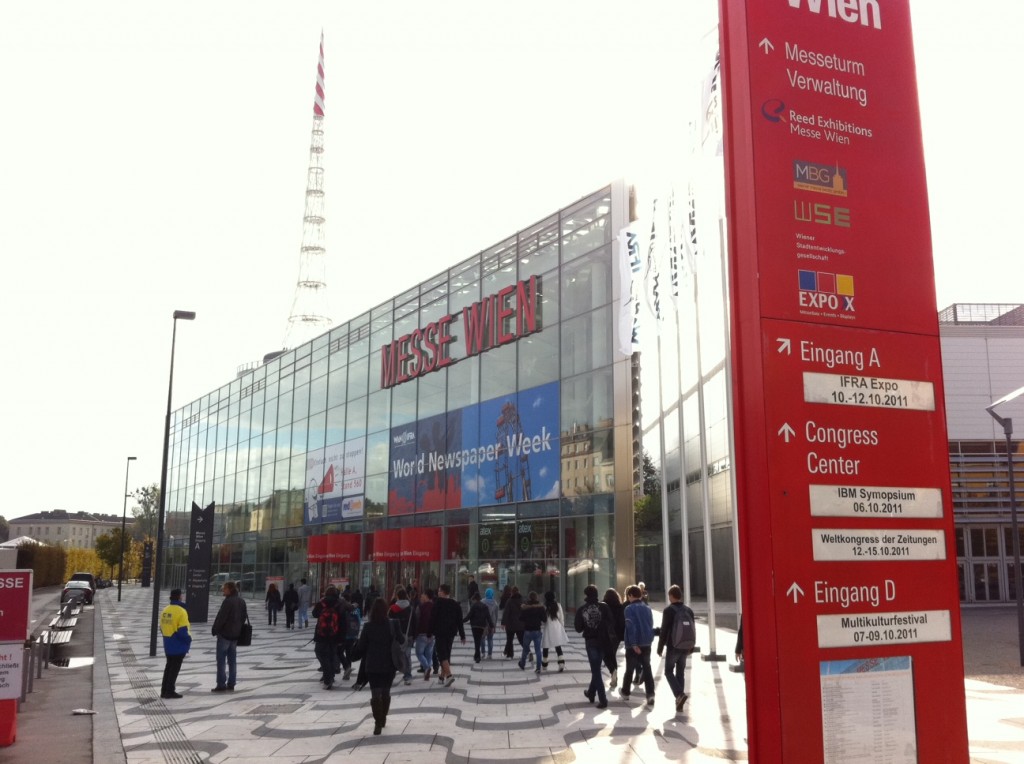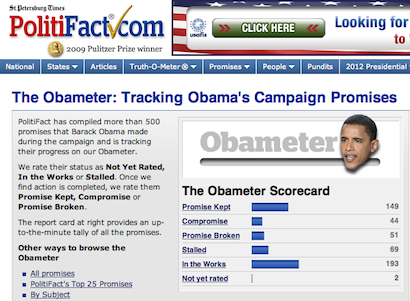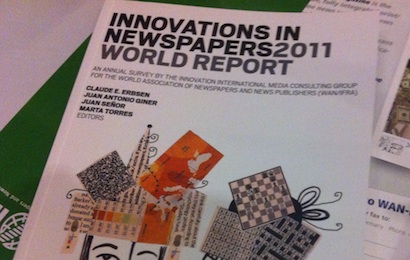 Journalisted is an independent, not-for-profit website built to make it easier for you, the public, to find out more about journalists and what they write about. It is run by the Media Standards Trust, a registered charity set up to foster high standards in news on behalf of the public, and funded by donations from charitable foundations. Each week Journalisted produces a summary of the most covered news stories, most active journalists and those topics falling off the news agenda, using its database of UK journalists and news sources.
Journalisted is an independent, not-for-profit website built to make it easier for you, the public, to find out more about journalists and what they write about. It is run by the Media Standards Trust, a registered charity set up to foster high standards in news on behalf of the public, and funded by donations from charitable foundations. Each week Journalisted produces a summary of the most covered news stories, most active journalists and those topics falling off the news agenda, using its database of UK journalists and news sources.
Gaddafi, Occupy LSX and Dale Farm
for the week ending Sunday 23 October
- The death of Muammar Gaddafi dominated the week’s news
- Occupy London Stock Exchange protests, Dale Farm evictions and UK inflation covered lots
- World’s first commercial spaceport and end of University of Wales covered little
Covered lots
- Former Libyan leader Colonel Muammar Gaddafi is killed after being found in Sirte, 555 articles (including reminders of the Lockerbie disaster, 134 articles; reminders of murdered police officer Yvonne Fletcher, 58 articles; and references to Gaddafi as ‘Mad Dog’, 43 articles)
- St Paul’s Cathedral closes temporarily due to Occupy London Stock Exchange protesters, 173 articles
- Travellers at Dale Farm lose final legal battle against eviction and, after some resistance, walk away from the site, 155 articles
- The Liam Fox and Adam Werritty saga continues to be reported, 129 articles
- UK inflation rises to 5.2%, its highest level for nineteen years, 118 articles
Covered little
- The world’s first commercial spaceport, Spaceport America, opened by Virgin Galactic, 12 articles
- The University of Wales is effectively abolished after visa scam controversy, 8 articles
- Suspension bridge collapses in India, killing 32, 2 articles
Political ups and downs (top ten by number of articles)
- David Cameron: 702 articles (-3% on last week)
- George Osborne: 220 articles (-1% on last week)
- Liam Fox: 219 articles (-53% on last week)
- Tony Blair: 158 articles (+42% on last week)
- William Hague: 147 articles (+63% on last week)
- Ed Miliband: 130 articles (+20% on last week)
- Nick Clegg: 104 articles (+14% on last week)
- Theresa May: 94 articles (-12% on last week)
- Chris Huhne: 93 articles (+3% on last week)
- Philip Hammond: 76 articles (-14% on last week)
Celebrity vs. serious
- Stone Roses reunite, 95 articles versus Israeli soldier Gilad Shalit is released in exchange for 1,000 Palestinian prisoners, 92 articles
- Carla Bruni, wife of French President Nicholas Sarkozy, gives birth to a baby girl, 40 articles versus Basque separatist group Eta lays down arms, 39 articles
- Irish boy band Westlife spilt up, 31 articles versus Moody’s downgrades Spain’s credit rating to A1, 27 articles
- Australian Prime Minister Julia Gillard fails to curtsey to Queen Elizabeth, 20 articles versus Turkey deploys thousands of troops to Iraq to combat Kurdish rebels, 20 articles
- Catherine Tate and Jason Orange are dating, 18 articles versus heir to Saudi throne, Sultan bin Abdulaziz al-Saud, dies aged 80, 14 articles
Arab spring (countries & current leaders)
- Libya’s National Transitional Council: 219 articles (+431% on previous week)
- Gaza and Hamas: 94 articles (+88% on previous week)
- Israel and Prime Minister Netanyahu: 69 articles (+68% on previous week)
- Syria and President Assad: 45 articles (+13% on previous week)
- West Bank and President Abbas: 34 articles (+209% on previous week)
- Yemen and President Saleh: 33 articles (+200% on previous week)
- Iran and President Ahmadinejad: 25 articles (-19% on previous week)
- Saudi Arabia and King Abdullah: 25 articles (+317% on previous week)
- Turkey and Prime Minister Erdogan: 16 articles (+220% on previous week)
- Egypt’s Military Council: 11 articles (-52% on previous week)
- Tunisia and Prime Minister Essebsi: 6 articles (+500% on previous week)
- Bahrain and King Al Khalifa: 4 articles (+100% on previous week)
- Jordan and King Abdullah: 4 articles (+300% on previous week)
- Qatar and Sheikh Hamad bin Khalifa Al Thani: 3 articles (+200% on previous week)
Who wrote a lot about… the House of Commons motion calling for a referendum on the EU
- Nicholas Watt – 6 articles (The Guardian)
- James Kirkup – 4 articles (Daily Telegraph)
- Macer Hall – 4 articles (Daily Express)
- Jason Groves – 3 articles (Daily Mail)
- David Gow – 3 articles (The Guardian)
- Andrew Grice – 3 articles (The Independent)
Long form journalism
- 3,748 words: ‘The railway children’ – Joseph Woby, The Sunday Times, 23 October, 2011
- 3,641 words: ‘The strange and evil world of Equatorial Guinea’ – Ian Birrell, The Observer, 23 October, 2011
- 2,079 words: ‘The end of the twentieth-century tyrants, and the dawn of the multinational giants’ – Dominic Sandbrook, Daily Mail, 22 October 2011
Journalists who have updated their profile
- Richard Hall writes for The Independent and has worked freelance for The Guardian, Esquire Magazine, The Huffington Post, Middle East Educator and the Bristol Evening Post. He has also worked as digital publisher and journalist for Northcliffe Media and as Middle East editor at the Daily Star (Lebanon). He attended the University of the West of England where he won the Student Writer of the Year Award in 2009. You can follow Richard on Twitter @_RichardHall
- Gill Oliver is a freelance feature writer at the Oxford Times. She has experience at Fleet Street News Agency, Video Trade Weekly, She and Woman magazines and various trade magazines. She was educated at the London College of Printing after attending Newbridge Grammar in south Wales. Follow Gill on Twitter @Justajourno
The Media Standards Trust, which runs journalisted, won the ‘One to Watch’ category at this year’s Prospect Think Tank Awards
Read about our campaign for the full exposure of phone hacking and other illegal forms of intrusion at the Hacked Off website
Visit the Media Standards Trust’s Churnalism.com – a public service for distinguishing journalism from churnalism
The Media Standards Trust’s unofficial database of PCC complaints is available for browsing at www.complaints.pccwatch.co.uk
For the latest instalment of Tobias Grubbe, journalisted’s 18th century jobbing journalist, go to journalisted.com/tobias-grubbe



